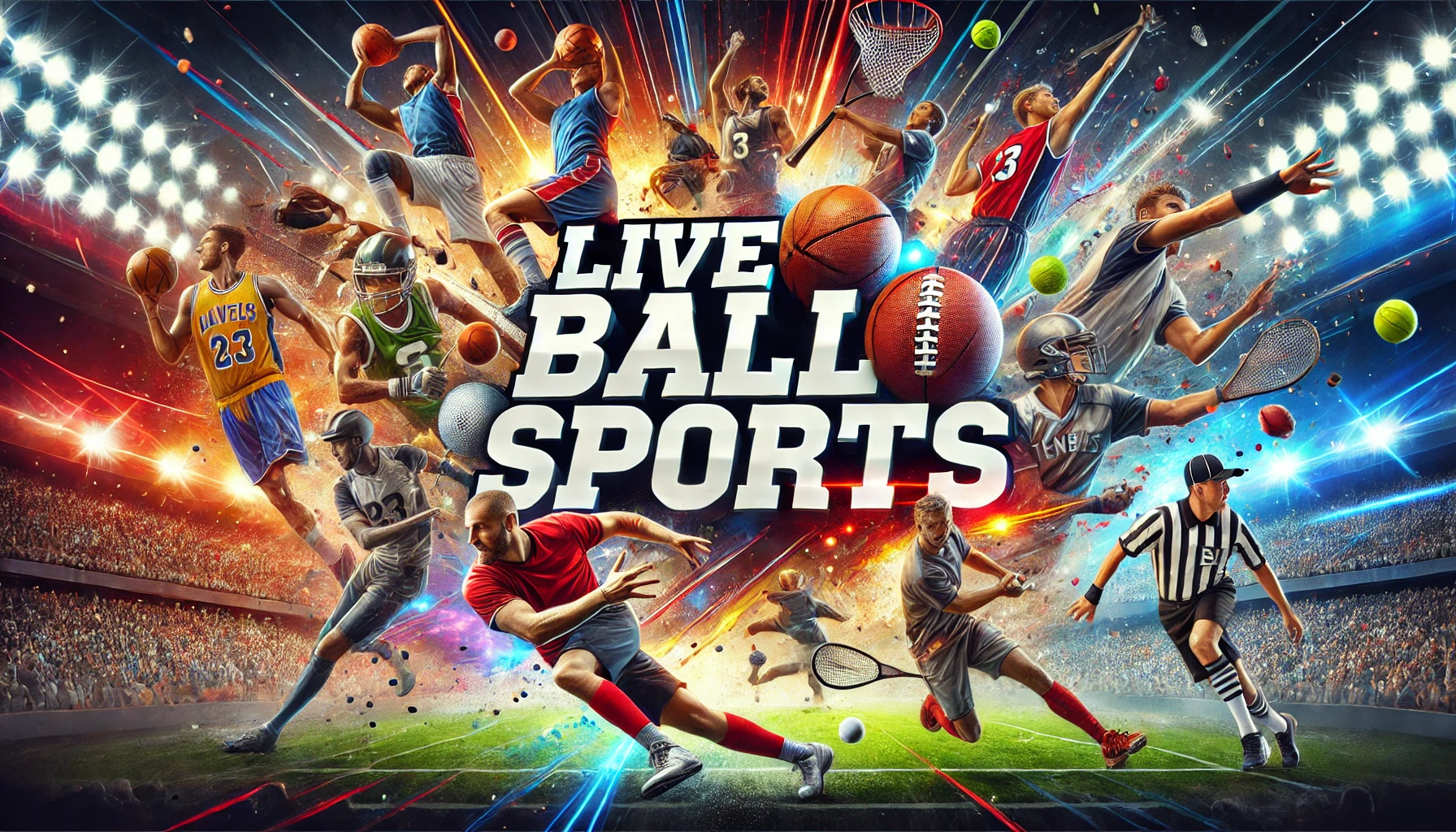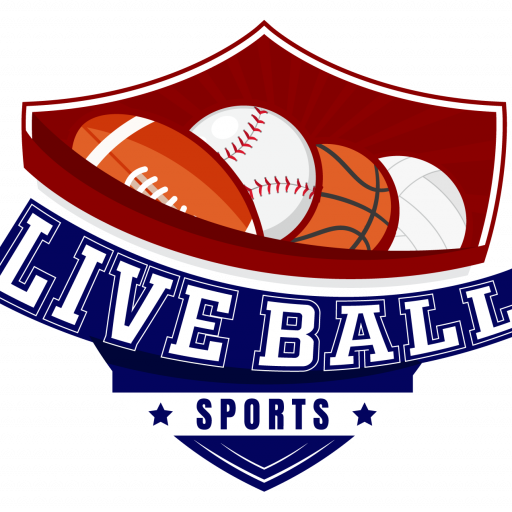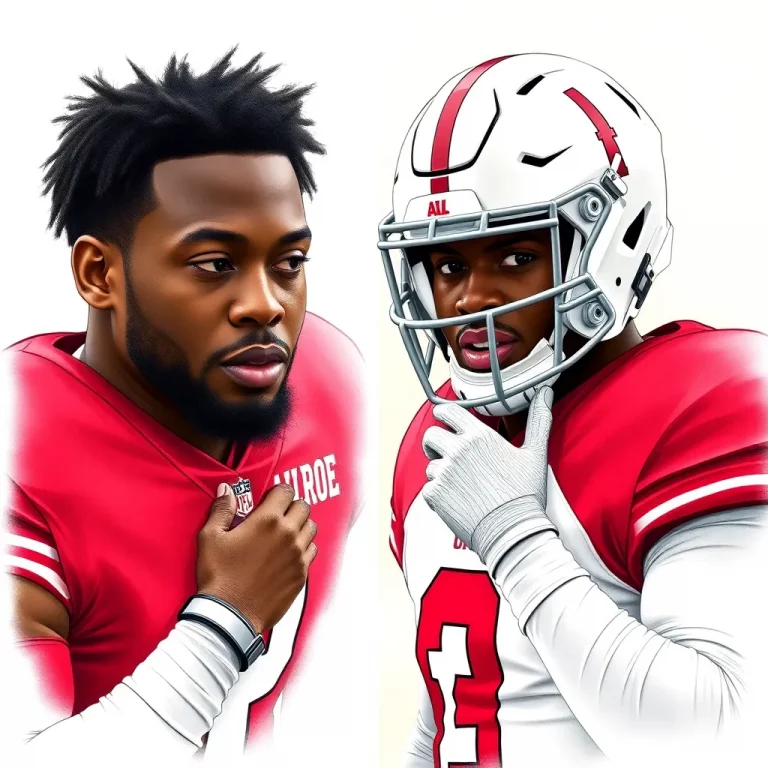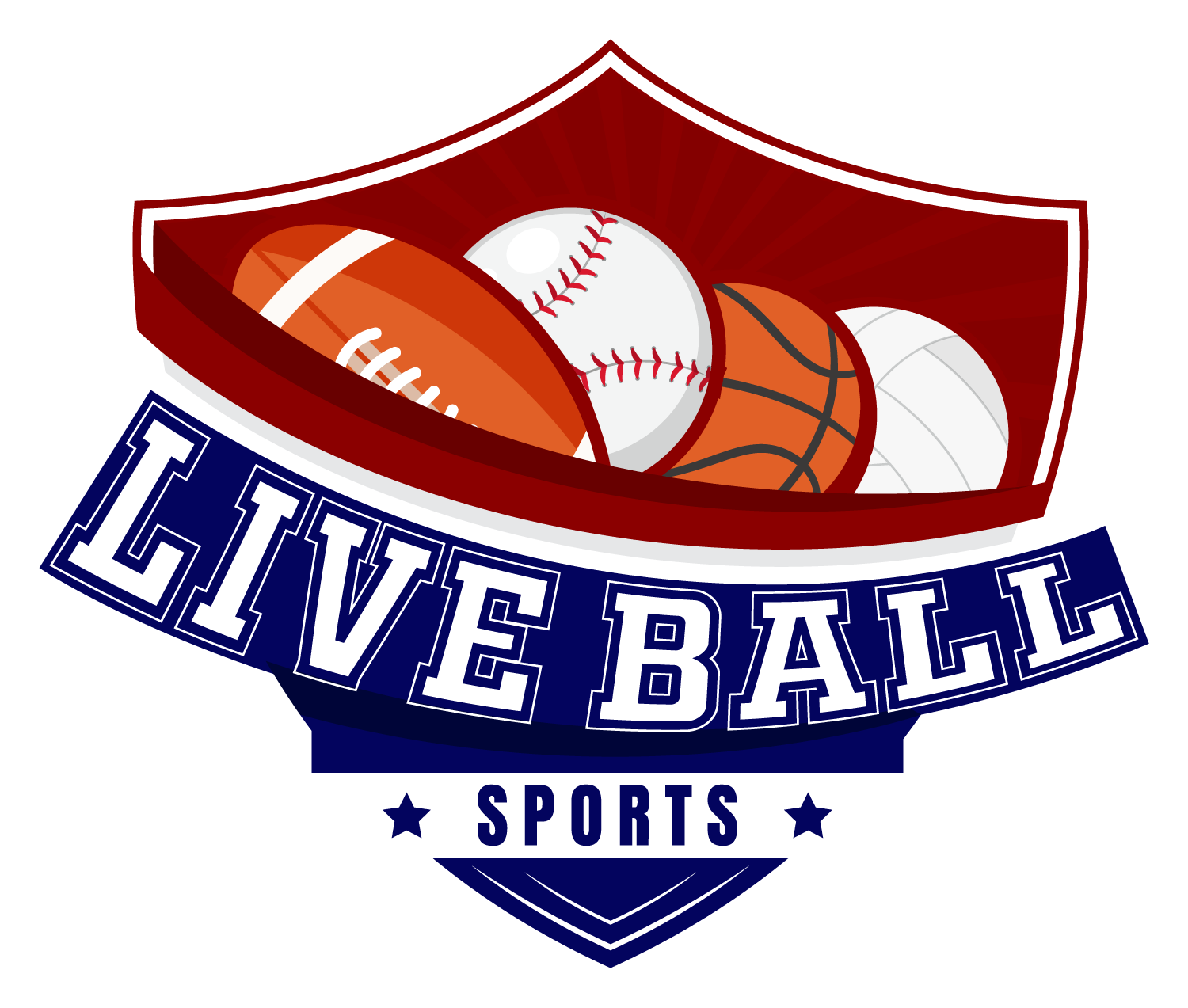In Indianapolis, the NCAA is on the brink of a significant transformation as leaders conditionally approved rule changes that could allow schools to pay athletes directly for the first time. This action comes as anticipation builds around a decision from Judge Claudia Wilken regarding a landmark settlement related to the House, Carter, and Hubbard antitrust cases, which is expected soon.
On Monday afternoon, the NCAA’s Division I Board of Directors approved a new set of rules aimed at aligning with the anticipated settlement. If Judge Wilken endorses the agreement, a staggering $2.8 billion would be paid in back damages to current and former college athletes. This proposed settlement not only includes financial compensation but also a massive overhaul of the college sports economic model, allowing schools to pay athletes a capped amount.
The Board of Directors mentioned that they were ahead of the curve, moving forward with crucial votes on these rule changes to be ready for a potential shake-up in the system. As many as 153 rules could be dropped from the NCAA’s rulebook, particularly those that limit athlete compensation—rules that led to the current lawsuits in the first place. The modifications also aim to make it easier for athletes to discuss name, image, and likeness (NIL) contracts during recruitment.
New limits on rosters and a requirement for athletes to disclose any NIL deals exceeding $600 are included, which intends to regulate the influence of wealthy boosters. This regulation is expected to roll out on July 1 if everything proceeds smoothly.
Recent discussions have indicated lingering concerns. Judge Wilken has requested clarification on certain aspects, particularly regarding roster limits, wanting to ensure that current athletes are not negatively impacted. Legal teams have worked to address her concerns but have maintained their stance that some changes must remain intact for logistical reasons.
The settlement’s ripple effects could significantly reshape how college sports operate, moving towards a system that embraces better financial support and clearer rules. However, questions regarding genders equity under Title IX and the enforcement of booster spending still hang in the air. While the NCAA points to a hopeful future of structured guidelines, skepticism about their ability to implement these changes remains.



